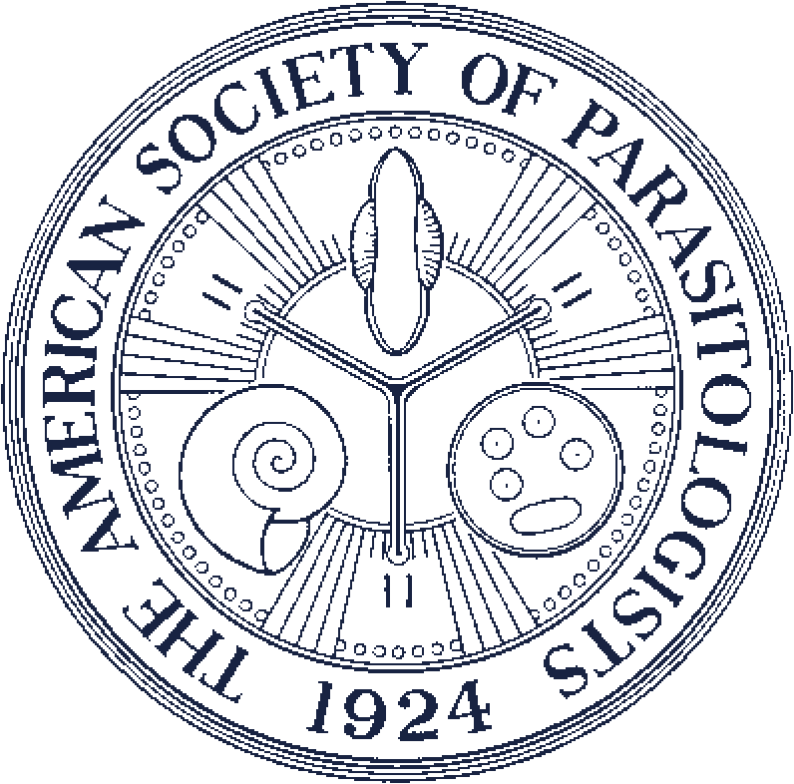MEROGONY AND PHYLOGENY OF HEPATOZOON RAWASHI PARASITIZING HASSELQUIST’S FAN-FOOTED GECKO, PTYODACTYLUS HASSELQUISITI (SAURIA: PHYLODACTYLIDAE) IN EGYPT
In 1995, it was reported that Mohammed and Ramadan (1996, in press) were soon to describe a new species of lizard haemogregarine, Haemogregarina rawashi, in Ptyodactylus hasselquisti from Egypt, but the paper was never published. This name was suppressed because Mohammed and Ramadan violated the “Criteria for Publication” and “What Constitutes Published Work” sections of the International Code of Zoological Nomenclature. A redescription of Ha. rawashi, was restricted only to blood forms, which allowed speculation that the data and visual documentation (photomicrographs, line drawings) of the tissue stages were forever lost. However, here we report collecting P. hasselquisti from South Sinai, Egypt and finding 5/20 (25%) infected with haemogregarine-like blood and tissue (liver) stages. The blood stages were comparable with those in an earlier report from Egypt, the liver stages were comparable with those of other Hepatozoon species, and the newly amplified 18S ribosomal ribonucleic acid sequences were similar to other sequenced Hepatozoon species, justifying the reassignment of Ha. rawashi to Hepatozoon rawashi as reported by others.ABSTRACT

Photomicrographs of blood stages (gamont/trophozoite [?]) found individually within erythrocytes and rarely in extracellular space in Giemsa-stained peripheral blood smears of Ptyodactylus hasselquisti from Egypt. (A) Small form in a host erythrocyte (arrow). (B) Larger, mature form fills the entire erythrocyte. (C) Extracellular stage (arrowhead). (D) Mature form occupying most of the length of the red blood cell, with 1 end curved and 1 broader than the other. (E, F) Mature forms with their central subspheroidal nuclei. (G) Mature forms with spheroidal nucleus off to 1 side. Color version available online.

Merogonous developmental stages found in the liver cells (hepatocytes) of infected Ptyodactylus hasselquisti from Egypt. (A) Meront surrounded by a parasitophorous vacuole (white arrow). (B) Young meront; note that it is uninucleate and spheroidal (black arrow). (C, D) Later meronts become binucleate (C) and then subspheroidal (D). (E–G) Nuclei in developing meronts undergo numerous divisions, resulting in multinucleated meronts of variable shapes, and eventually with peripheral nuclei (G). (H, I) Meront with periphery-arranged nuclei. (J) Mature meront with merozoites (arrowheads). Color version available online.

Bayesian phylogenetic tree resulting from the analyses of the small subunit ribosomal deoxyribonucleic acid data-set sequences, showing the relationships of Hepatozoon rawashi (in bold) within selected Hepatozoon spp. Taxon names are followed by their corresponding GenBank accession numbers and host species. Numbers at nodes indicate support values: posterior probability/bootstrap support; dashes indicate values <50%. Scale bar represents substitutions per site.
Contributor Notes
